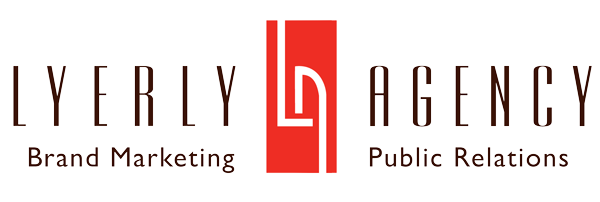As posted in the Gaston Gazette
When Yelp started in 2004, it wasn’t the successful review directory that it is now. It started as a system to ask friends for recommendations, but that business model didn’t generate much interest. Instead, Yelp noticed that users were writing reviews of local businesses just for fun. Rather than seeing this as an interesting outlier, Yelp went all in, pivoting their business model and making the most of the opportunity in front of them – leading them to become a dominator of online reviews..
Too many businesses, however, miss out on growth opportunities that are right in front of their noses. They haven’t figured out how to take what might seem like a negative and turn it into a positive. Here are a few tips to capitalize on these existing opportunities and keep your business and your brand growing long-term:
- Be generous with freebies. Generosity breeds loyalty in all realms of life, but especially with brands, so make sure you’re giving as freely as you can – to your customers, to your community and to those around you. That sounds counterintuitive, but free content engenders loyalty among customers, gives customers an idea of what you do and can help with your marketing efforts to generate more sales. That generosity on the front end can help to boost profits on the back end, which means new, devoted customers and more money in your pocket.
- Share your knowledge – within reason. Most people can get behind the concept of giving away freebies when there’s something tangible, but the idea of giving away your knowledge base? For a lot of people, that’s downright terrifying. However, you can share some knowledge without sharing everything: give the “what” and “why” of your process, but not the how. Explain the concept in detail (what) and its importance to their lives (why), but hold back details of the implementation. By offering people the explanation of the relevance of the product or service but keeping that key element – the how – to yourself until you’ve secured them as a client or customer, you’re imprinting your usefulness onto both the situation and the customer.
- Establish yourself as an expert. Using your knowledge to help people understand why your advice and your business are essential for their life is incredibly wise for the long-term health of your business. If you’re good at what you do, you should champion that work and establish yourself as an expert. It’s not hard to do if you’re determined to keep your business focused on growth instead of rooted in conflict. You don’t have to battle it out with competitors over ads in order to gain a foothold with customers. Instead, look closely at what you have to offer and how to explain it. Work on the clarity of your explanation, and then share it with customers, reporters and other organizations and businesses that might find it valuable. The point here is not just to show your expertise, but to actually serve as a resource for others, which will go a long way to establishing a steady stream of customers walking through your door.
- Reconsider your “product.” One of the things that made Yelp’s pivot so useful was that the company was able to recognize that what it thought it was selling wasn’t actually its product at all. Working on gaining that kind of objectivity about your business is incredibly valuable. Consider not just what you want to do or sell, but what you actually do or sell – what’s making you money right now? What’s bringing people in and what isn’t? For some companies, that may mean tailoring your product offerings; for others, it may mean focusing more on a process rather than a product. Regardless, learning to recognize what your strengths are instead of what you simply wish they were can go a long way to keeping your business booming.
- Maximize your exposure. Everybody knows that when a brand name is on a customer’s lips or within their sightlines, they’re more likely to choose that brand for their continued business. But how do you get to that point? Your best option is to build your exposure through multiple avenues. Marketing and advertising are valuable, of course, as is social media and connections with local and regional influencers who might help share your products or services. But getting the kind of exposure you want to keep you in front of customers eyes also may involve putting out some of that free content previously mentioned. It’s a balance – you don’t want to give away too much, but you also want potential customers to see you and your business in a variety of environments that aren’t only the avenues that everyone else uses to self-promote. Maybe you have a product or process that can benefit the local school system or a nonprofit. If so, finding a way to connect and help out will ensure that customers see you not just as an entrepreneur or an opportunist, but as a contributing member of the community who cares.
There’s no single recipe for long-term brand success. But these tips, especially as part of a regular routine of brand assessment and maintenance, can give you a leg up on how to stay in demand and successfully grow.
